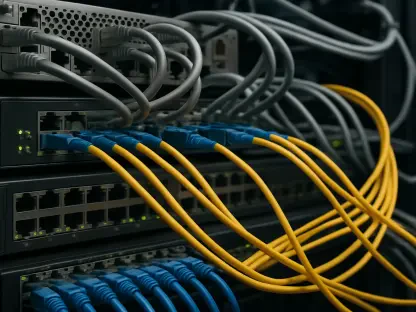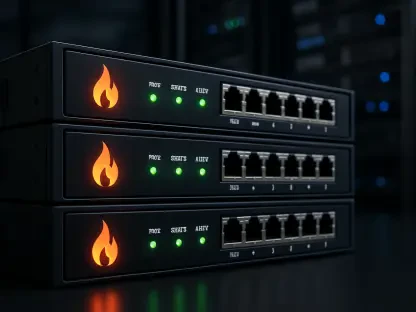Unseen Forces Powering the Digital Revolution
What invisible forces are behind the rapid advancement of the digital age? As artificial intelligence continues to grow exponentially, the demand for processing power has reached unprecedented levels. This surge has raised an often-overlooked but critical issue: how to effectively manage the immense heat generated by AI operations in data centers.
Why Cooling Innovation is Crucial
The importance of advanced cooling technologies in data centers cannot be overstated. Effective cooling is not just about improving performance; it’s a matter of managing costs and reducing environmental impact. With the rise of AI applications, data centers must maintain optimal temperatures to prevent hardware failures and ensure efficient operations. This challenge influences not only operating costs but also the sustainability goals of the tech industry.
Air vs. Liquid: Evolution of Cooling Methods
Traditional air cooling systems have long been the standard for data centers. However, their limitations become increasingly apparent as AI applications demand higher performance. Air cooling systems struggle to dissipate heat effectively, leading to inefficiencies. In contrast, liquid cooling methods, such as direct-to-chip and immersion cooling, offer significant improvements.
Direct-to-chip cooling involves delivering coolant directly to heat-generating components, enhancing thermal management. Immersion cooling, where entire hardware systems are submerged in non-conductive coolant, offers superior cooling but requires infrastructure modifications. Major tech companies like Meta, Microsoft, and Nvidia have already adopted these advanced cooling solutions, illustrating their effectiveness.
Market Dynamics: Demand Outstrips Supply
The rising adoption of AI has sharply increased the demand for liquid cooling technologies, causing supply challenges, particularly regarding the Coolant Distribution Unit (CDU). CDUs are essential for regulating and distributing coolant within the system, yet their supply has struggled to keep pace with demand. Statistics reveal a significant gap between required and available CDUs, exacerbating deployment delays and extending lead times to a year or more.
Industry Leaders Expand Supply Chains
Leading companies in the liquid cooling market, such as LiquidStack, CoolIT, and Vertiv, have responded to these supply issues with strategic initiatives. LiquidStack, for instance, doubled its manufacturing capacity in the U.S. and plans further expansions in Europe, the Middle East, and Asia Pacific. These efforts aim to meet the growing demand, supported by expert opinions highlighting these moves as crucial for the market’s future stability.
Future Trends and Shifts
As thermal design power (TDP) needs increase, immersion cooling may become more prevalent. This method can manage high power densities, with chip power levels expected to surpass 5,000 watts. Industry standardization by organizations like The Green Grid and the Open Compute Project also plays a vital role, although rapid technological advancements pose challenges to these efforts. Forecasts suggest substantial investments in liquid cooling, emphasizing its significance in future data center developments.
Practical Insights for Implementation
For industry stakeholders, integrating liquid cooling technologies into new and existing data centers demands careful planning. Overcoming implementation challenges requires thoroughly understanding infrastructure requirements and ensuring reliability. With sustained innovation and investment in cooling infrastructure, stakeholders can achieve enhanced growth and stability. Implementing best practices and investing in research and development will pave the way for further advancements in cooling technologies.
In summary, AI’s swift expansion has transformed data center requirements, specifically regarding cooling. Liquid cooling has emerged as an essential technology, yet supply challenges persist. Industry response, including strategic manufacturing expansions, has mitigated some issues. Nevertheless, the pace of technological evolution underscores the ongoing need for innovation and investment in cooling solutions. Stakeholders and tech leaders must take actionable steps to ensure efficient and scalable cooling systems for future data center operations.









